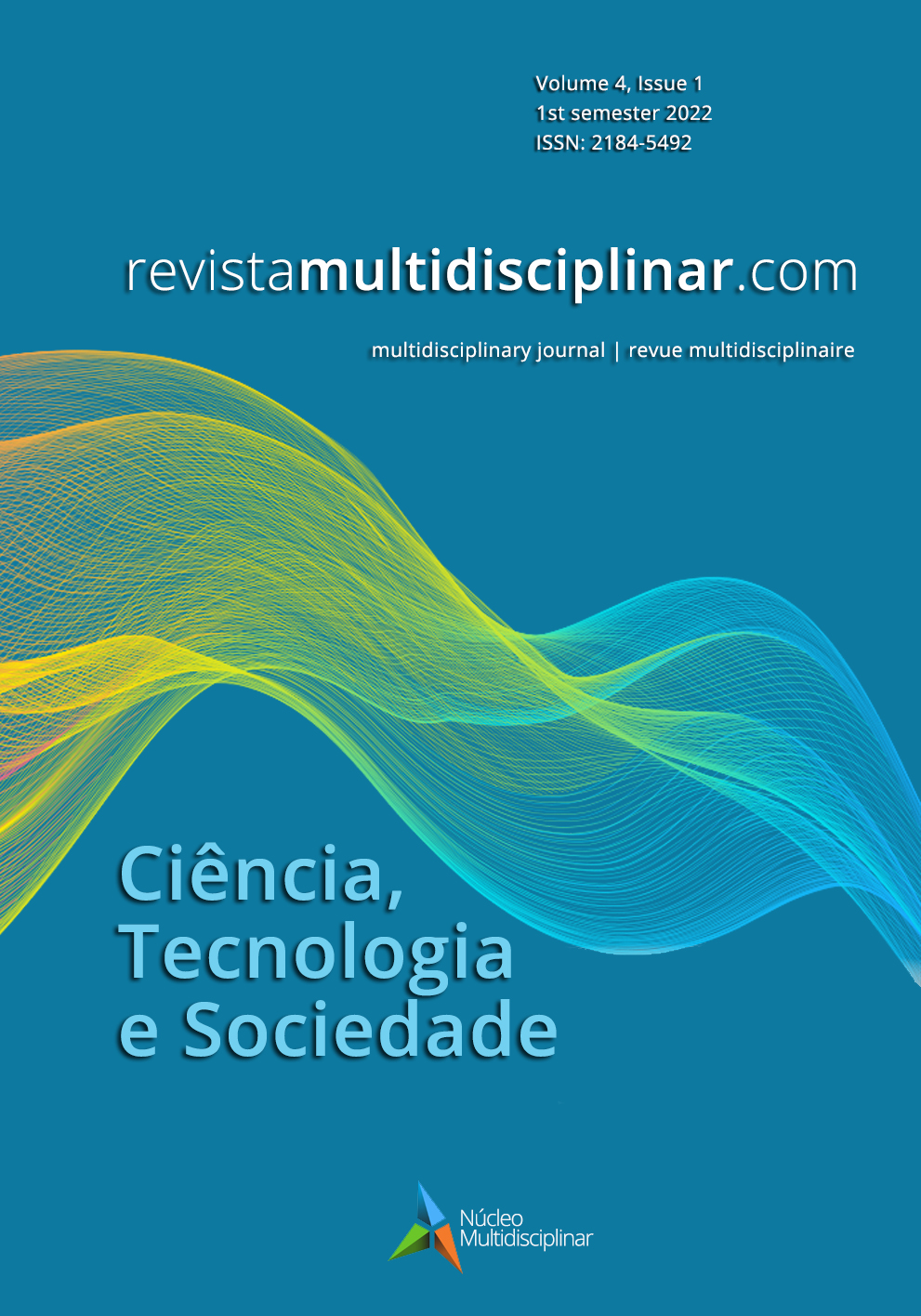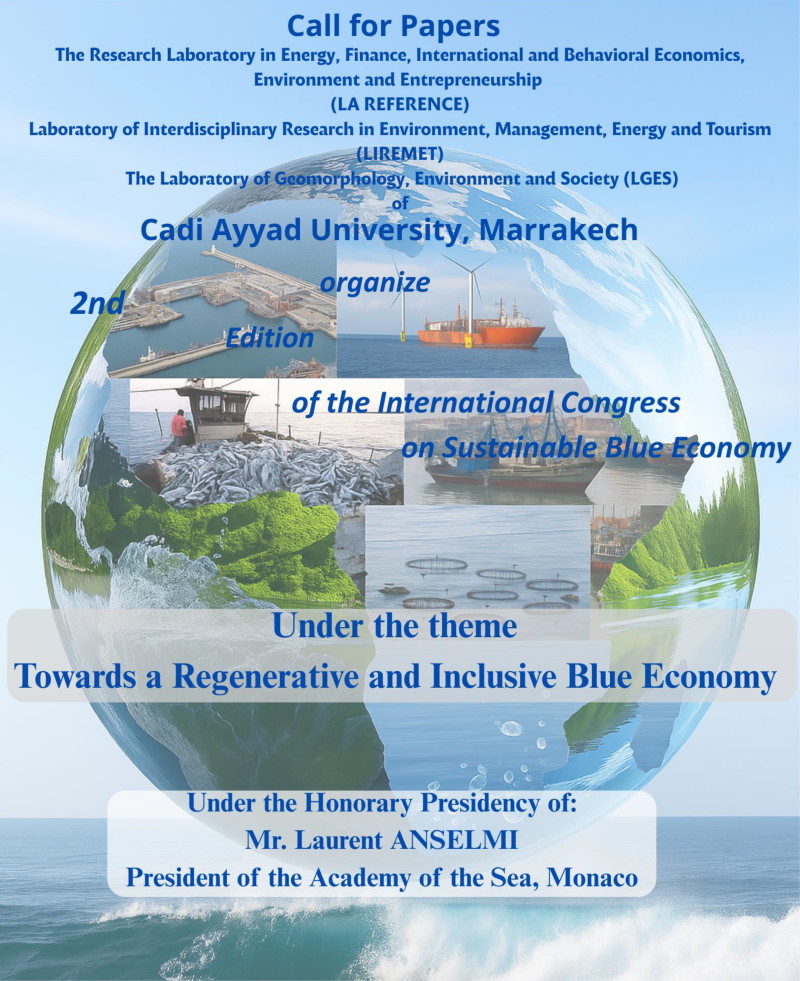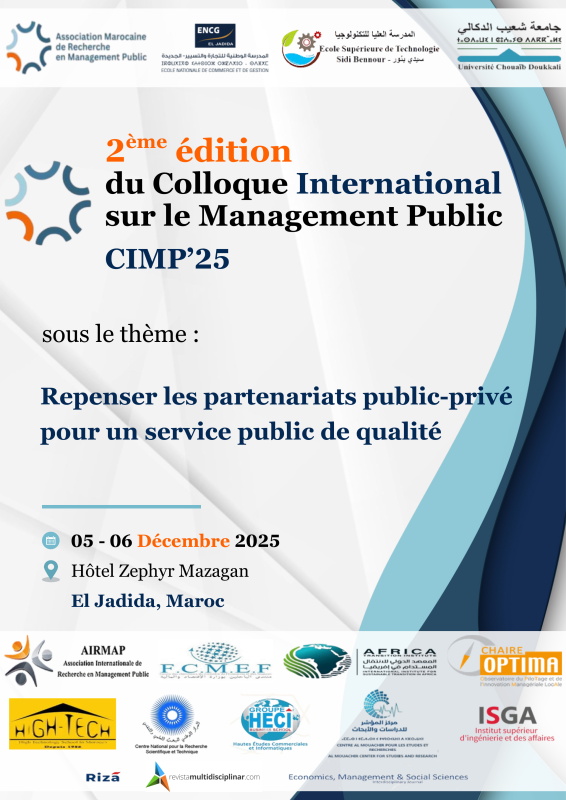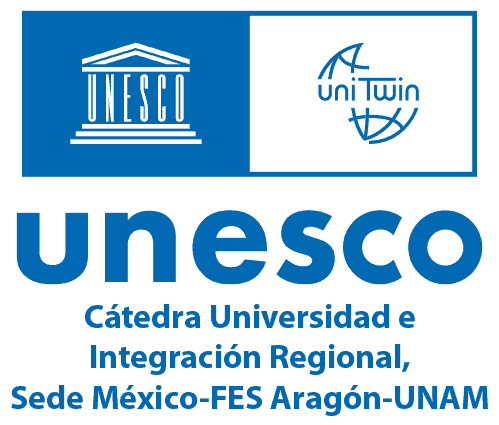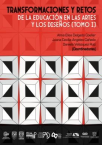Digitalisation pédagogique et défis de l’enseignement à distance
Cas de l’Ecole Supérieure de Technologie d’Agadir
DOI :
https://doi.org/10.23882/rmd.22083Mots-clés :
distance learning, students’ enrolment, videoconference virtual classrooms, COVID-19.Résumé
La digitalisation représente, de notre temps, une nécessité de développement et de compétitivité de la majorité des secteurs. Elle constitue un procédé de transformation des objets, des métiers, des méthodes et des outils en code numérique plus efficace et plus performant. Le secteur de l’enseignement supérieur n’échappe pas de cette transformation digitale. Ainsi, au cours des deux dernières décennies, la pédagogie digitale est devenue l'une des formes d'apprentissage les plus adéquates pour la génération actuelle des étudiants de l'enseignement supérieur qui préfèrent un modèle de formation doté des smart universités. Dans ce cadre, le présent article consiste principalement à étudier les défis de l’enseignement à distance appliqué au Maroc pendant la pandémie de COVID-19 pour maintenir la formation des étudiants. La méthode de recherche utilisée est la méthode quantitative. Ainsi, un questionnaire en ligne a été rempli par 487 étudiants de l’Ecole supérieure de technologie d’Agadir de l’université Ibn Zohr au Maroc. Les données collectées ont été analysées premièrement par la méthode descriptive (statistique descriptive uni-variée), puis par la méthode analytique en appliquant le Test de Khi-deux, à l’aide du logiciel IBM SPSS Statistics. Cette dernière a été menée pour analyser les relations entre les variables du modèle conceptuel. Les résultats de cette recherche ont révélé que l’accélération de la transformation digitale de l’enseignement supérieur fait face à plusieurs défis. Au niveau des apprenants, de nombreux étudiants éprouvent de sérieuses difficultés à utiliser les plateformes digitales de l’enseignement à savoir le problème de lenteur et de coût de connexion internet, la qualité de la vidéo et du son des vidéoconférences, la difficulté de compréhension des cours… Par conséquent, ils ne participent pas toujours à leurs classes virtuelles sur certaines plates-formes telles que Zoom, Moodle, Microsoft Teams et Google Meet.
Références
Abou El-Seoud, M. S., Taj-Eddin, I. A., Seddiek, N., El-Khouly, M. M., & Nosseir, A. (2014). E-Learning and Students’ Motivation: A Research Study on the Effect of E-Learning on Higher Education. International Journal of Emerging Technologies in Learning (iJET), 9(4), 20–26. https://doi.org/10.3991/ijet.v9i4.3465
Bejinaru, R. (2018). Assessing students’ entrepreneurial skills needed in the knowledge economy. Management & Marketing. Challenges for the Knowledge Society, 13(3), 1119–1132. https://doi.org/10.2478/mmcks-2018-0027
Bejinaru, R. (2019). Impact of Digitalization on Education in the Knowledge Economy. Management Dynamics in the Knowledge Economy, 7(3), 367-380. https://doi.org/10.25019/MDKE/7.3.06
Bilyalova, A., Salimova, D., & Zelenina, T. (2020) Digital Transformation in Education. In: Antipova T. (eds) Integrated Science in Digital Age. ICIS 2019. Lecture Notes in Networks and Systems, vol 78. Springer, Cham. https://doi.org/10.1007/978-3-030-22493-6_24
Carricano, M., Poujol, F., & Bertrandias, L. (2009). Analyse de données par SPSS. Pearson.
Dambreville, S. C. (2008). Evaluer un dispositif de formation a distance Principes et retour d'expérience. Revue des Interactions Humaines Médiatisées, 9(2), 25-52. http://europia.org/RIHM/V9N2/RIHM9(2)-3CaroDemberville.pdf
Digarc (2018, Août). Four Drivers of Digital Transformation in Education. Digarc. https://www.digarc.com/blog/2018/08/four-drivers-of-digital-transformation-in-education/
El Bettioui, R. (2016). The Attitudes of Moroccan Students towards Using Technology in Learning Foreign Languages: University Ibn Zohr FLHS’s English Studies Department as a Case Study. Academia.edu. https://bit.ly/3rnYEmT
ESTA (2020). Ecole Supérieure de Technologie d’Agadir : Offre de formation de l’ESTA. http://www.esta.ac.ma/?page_id=96
Gagne, M., & Shepherd, M. (2001). Distance Learning in Accounting: A Comparison between a Distance and a Traditional Graduate Accounting Class. T.H.E. Journal 28(9), 58-60. https://www.learntechlib.org/p/94130/
Katrina, L.C., & Courduff, J. (2015). Augmented reality. International Journal of Instructional Technology and Distance Learning, 12(1), 17-28. https://www.itdl.org/Journal/Jan_15/Jan15.pdf#page=21
Littlejohn, A., & Pegler, C. (2007). Preparing for Blended E-learning. Routledge.
Meyer, A., Rose, D. H., & Gordon, D. (2014). Universal design for learning: Theory and practice. CAST Professional Publishing.
Ministère de l’Education Nationale, (2020). Centre National des innovations pédagogiques et de l'expérimentation. CNIP. https://www.men.gov.ma/Fr/
Nunnally, J. C. (1978), Psychometric theory, Second Edition. McGraw-Hil. http://hdl.handle.net/123456789/11061
OCDE (2014). Regards sur l'éducation 2014: Les indicateurs de l'OCDE. OCDE. https://www.oecd.org/education/Regards-sur-l'education-2014.pdf
OCDE (2015). Connectés pour apprendre? les élèves et les nouvelles technologies. OCDE. https://www.oecd.org/fr/education/scolaire/Connectes-pour-apprendre-les-eleves-et-les-nouvelles-technologies-principaux-resultats.pdf
OMS (2021, Juin 27). Coronavirus disease (COVID-19), Situation reports. World Health Organization. https://www.who.int/emergencies/diseases/novel-coronavirus-2019/situation-reports
Park, Y. (2011). A Pedagogical Framework for Mobile Learning: Categorizing Educational Applications of Mobile Technologies into Four Types. The International Review of Research in Open and Distributed Learning, 12(2), 78-102. https://doi.org/10.19173/irrodl.v12i2.791
Parviainen, P., Tihinen, M., Kääriäinen, J., & Teppola, S. (2017). Tackling the digitalization challenge: how to benefit from digitalization in practice. International Journal of Information Systems and Project Management, 5(1), 63-77. https://doi.org/10.12821/ijispm050104
Pozdnyakova, O., & Pozdnyakov, A. (2017). Adult Students’ Problems in the Distance Learning. Procedia Engineering, 178, 243-248. https://doi.org/10.1016/j.proeng.2017.01.105
Radovan, M. (2011). The Relation Between Distance Students' Motivation, Their Use of Learning Strategies, and Academic Success. The Turkish Online Journal of Educational Technology-TOJET, 10(1), 216-222. https://eric.ed.gov/?id=EJ926571
Rahman, S. (2017). The Advantages and Disadvantages of Using Qualitative and Quantitative Approaches and Methods in Language “Testing and Assessment” Research: A Literature Review. Journal of Education and Learning, 6(1), 102-112. https://doi.org/10.5539/jel.v6n1p102
Rockwell, K., Schauer, J., Fritz, S., & Marx, D. (1999), Incentives and Obstacles Influencing Higher Education Faculty and Administrators to Teach Via Distance. Online Journal of Distance Learning Administration, 2(4). https://digitalcommons.unl.edu/aglecfacpub/53/
Sadeghi, M. (2019). A shift from classrooms to distance learning: advantages and limitations. IJREE, International Journal of Research in English Education, 4(1), 80-88. https://doi.org/10.29252/ijree.4.1.80
Selim, H. M. (2007). Critical success factors for e-learning acceptance: Confirmatory factor models. Computers & education, 49(2), 396-413. https://doi.org/10.1016/j.compedu.2005.09.004
Silinda, F. T., & Brubacher, M. R. (2016). Distance Learning Postgraduate Student Stress while Writing a Dissertation or Thesis. International Journal of E-Learning & Distance Education / Revue Internationale Du E-Learning Et La Formation à Distance, 31(1). http://www.ijede.ca/index.php/jde/article/view/958
Thomas, M., & Reinders, H. (Eds.). (2010). Task-based language learning and teaching with technology. A&C Black.
UNESCO (2020). Éducation : de la fermeture des établissements scolaires à la reprise. https://fr.unesco.org/covid19/educationresponse/
Williams, M. L., Paprock, K., & Covington, B. (1998). Distance learning: The Essential Guide. Sage Publications.
Yates, A., Brindley-Richards, W., & Thistoll, T. (2014). Student engagement in distance-based vocational education. Journal of Open, Flexible and Distance Learning, 24(1), 60-74. https://search.informit.org/doi/abs/10.3316/informit.195497153067486
Publiée
Comment citer
Numéro
Rubrique
Licence
(c) Tous droits réservés Rachid El Bettioui, Abdelkhalil Haidane, Lhassane Jaouhari, Samir Mirdasse 2022

Ce travail est disponible sous licence Creative Commons Attribution - Pas d’Utilisation Commerciale 4.0 International.

